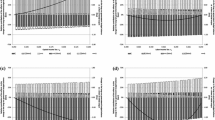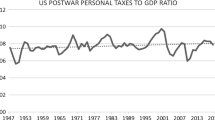Abstract
The observation that inflation reduces real revenues when there are lags in tax collection has long been a strong argument against seigniorage. However, with the exception of Dixit, who used a general equilibrium model to reject this argument, the optimal taxation literature has not analyzed how collection lags affect desired tax structures. This paper reexamines the issue using an overlapping generations version of Dixit's model. It is shown that depending on the size of the expenditure ratio and the specification of the collection cost function, lags may increase, leave unchanged, or reduce the desired rate of inflation.




